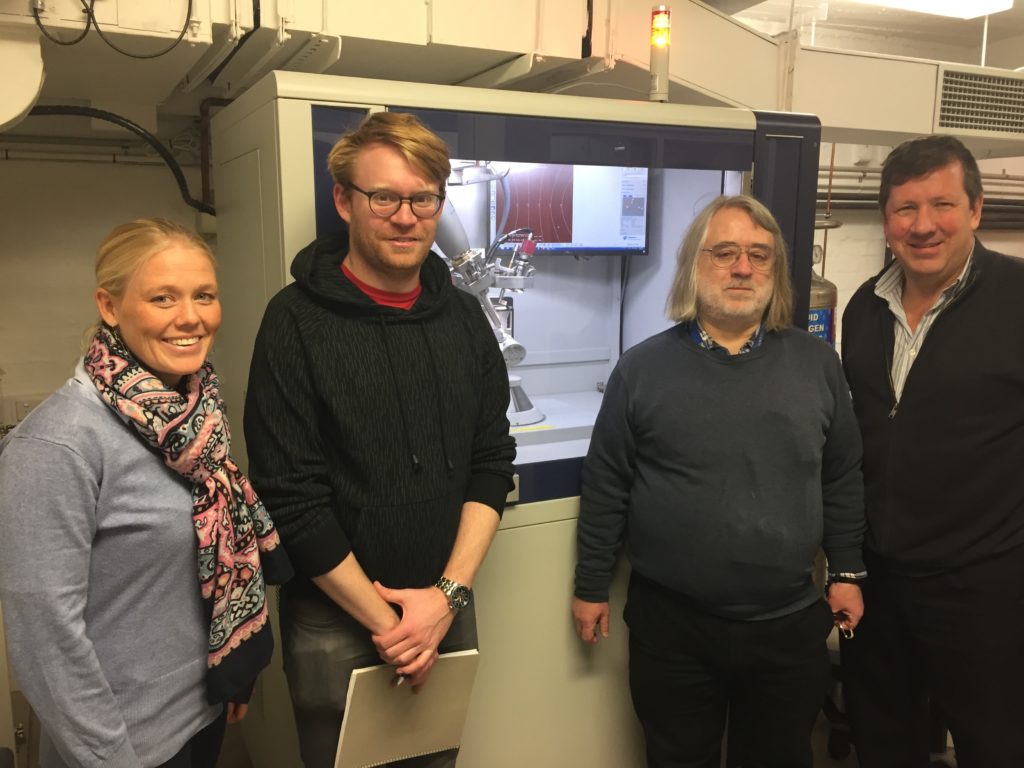Crystallographers at the University of Melbourne received a boost following the installation of a state-of-the-art small molecule X-ray diffraction (XRD) machine. The XtaLAB Synergy-S from Rigaku Oxford Diffraction (ROD) is a class-leading instrument that marries cutting edge technologies that will enable their researchers to generate world-class data. The system was installed by AXT Pty. Ltd. ROD’s distributor in Australia and New Zealand.

The XtaLAB Synergy-S incorporates the latest PhotonJet high flux dual wavelength (Molybdenum/Copper) X-ray source that will allow their researchers to better resolve smaller crystals with poor crystallinity. Equally important is the HyPix 6000HE detector that utilises the latest Hybrid Photon Counting technology with no dead time or background noise. In combination with the Kappa goniometer and user influenced software, the Synergy-S becomes an enviable system.
The Synergy-S becomes the flagship instrument in the X-ray Diffraction Facility at the University of Melbourne. It adds to the small molecule capabilities partnering a Rigaku SuperNova system installed in 2010 and was the logical replacement for an older Rigaku system.
Dr Robert Gable, Manager of the X-Ray Diffraction Facility said of their purchase, “Selecting the Synergy-S system was largely based on experience. The CrysalisPro software used on other Rigaku systems we have used had proven extremely effective at characterising materials and generating publication quality data from twinned or poor quality materials we work with. Combined with the high intensity dual wavelength X-ray source, our ability to characterise materials is greatly enhanced. Furthermore, using the same software has simplified our training and enables users to seamlessly move between instruments when required.”
The system will serve researchers of all levels from undergraduate through to postdoctoral and academic staff. As more researchers are inducted, the utilisation of the Synergy-S will increase with a sizeable user-base already identified. Dr Gable envisages that it will be used by a range of different research teams for a host of different compounds including organic biomolecules, minerals, coordination polymers, metal complexes used for catalysis or cancer treatment and polyoxometallates.
Speaking more about the additional capabilities afforded by the new system, Dr. Gable mentioned that, “the Synergy-S will allow us to collect data on smaller crystals that do not give usable diffraction data on the SuperNova. It will also significantly decrease the analysis time for complex samples.”
The system was purchased following a successful LIEF grant bid submitted by the University of Melbourne and other university and research institutes. The University of Melbourne is grateful to the Australian Research Council for their contribution towards the purchase.
The Rigaku Oxford Diffraction product range are part of AXT’s extensive range of analytical X-ray instruments, including XRD, XRF, XRM, CT, EDS and WDS sourced from suppliers from around the globe.
